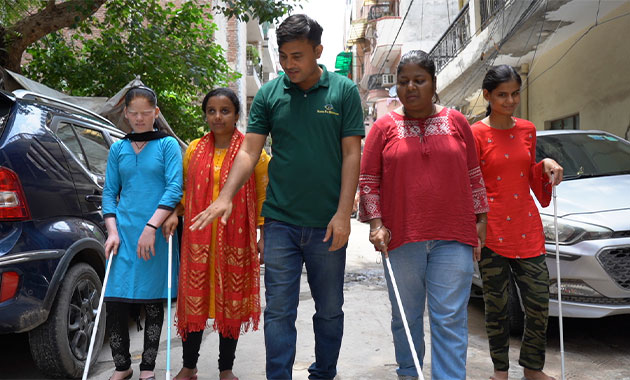
Through our interactions with numerous visually impaired individuals, we have gained a deep understanding of their primary aspiration: “independence.” In fact, they yearn to exercise this autonomy in their daily travels.
As an integral component of our orientation and mobility program, our objective is to educate visually impaired individuals on methods to make their journeys safe and efficient. Our goal is to empower them to navigate their surroundings with confidence, avoiding obstacles and dead ends, ultimately fostering enhanced mobility, independence, and overall well-being for every individual with visual impairments.